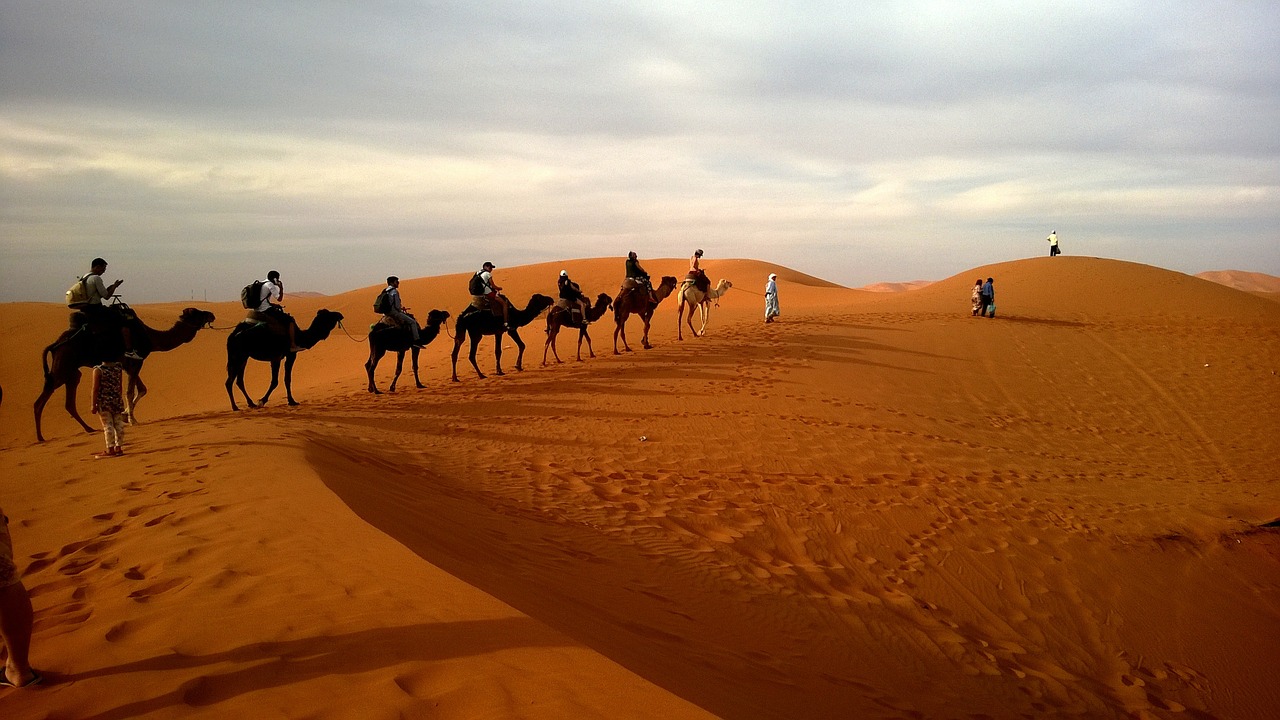Deserts are never ending land of sand and are considered a great attraction of the world. There are many such deserts that exist in this world, Sahara desert (Kalahari Desert) being the largest among all. A desert is a barren land that receives very little to almost nil precipitation and living conditions are hostile for plant and animal life. The lack of vegetation makes the ground susceptible to denudation.
The deserts are formed due to a heavy weathering process. This is due to the variations of hot and cold temperatures during the day and night respectively. This causes the rocks to weather or erode at a faster rate which makes the break into smaller pieces. These again are picked up by wind and get mixed with dust which later gives rise to severe dust storms. All these factors make life impossible in deserts but still deep down desert ecosystem is a very interesting subject. A plant named cactus is found typically in deserts. The physiology of this plant is entirely different from that of a conventional plant. The structure, design of the plant makes it perfect for desert life. The roots are deep grounded to receive water and leaves are modified in the form of thorns.
Deserts cover almost one third of the Earths land area. The deserts are classified and hot and cold deserts. The cold desert mainly found in the Antarctic regions have precipitation in the form of snow rather rainfall. The sand is actually snow that is formed due to lower temperatures. The hot deserts are found near the equator region where the temperature is very high during the day. The different deserts that exist in this world are:
- Antarctica desert.
- Arctic desert.
- Sahara Deseret
- Arabian Desert.
- Gobi desert.
- Patagonian desert.
- Kalahari Desert.
- Great basin desert.
- Syrian Desert.
The desert ecosystem has proven facts of evolution that clearly depicts in the physiology of the flora and fauna found in the desert. The plants are modified to handle stress and the animals are made of structures that will protect them from dehydration and death. To mention the flora, cactus is a kind of plant that bears thorns to protect the stomata and excessive water loss. Animals that are most common in a desert are the camel. Camel is the only animal found in the desert that is used as a mode of transport. The anatomy of the camel shows clear evidence as how the water is conserved and the body mechanism is evolved to sustain at such extreme conditions.

